A blog dedicated to digital artists
Making Our Miracles is live!
Making Our Miracles is a collaborative project by artist Clayton Campbell and curator Cansu Peker, who together conceptualized and are presenting a series of contemporary digital ex-voto art works created by a cohort of international artists using AI-assisted art in a unique participatory project.
Making Our Miracles is presented in partnership with DeepAI, and has been launched as part of the 7th edition of The Wrong Biennale, taking place from November 1st, 2025, to March 31st, 2026.


Eloise Evangelista is a 3D designer and visual artist whose work moves fluidly between motion design, digital experimentation, and conceptual research. As the founder of Gxia Studio, she leads a boutique practice focused on exploring the intersections of art, technology, and communication through immersive and experimental projects. Her visual language blends precision and emotion — creating digital worlds where structure meets spontaneity.
Michele Rinaldi is a Rome-based artist and researcher working at the intersection of new media, digital arts, and environmental sustainability. His practice centers on multimedia installations powered by artificial intelligence, exploring invisible ecological processes such as CO₂ emissions and environmental transformations linked to climate change. Through his work, Michele investigates how technology can both reveal and critically reflect on the relationships between humans, nature, and computational infrastructures.
Cari L. Marvelli is a photographer and digital collage artist based in New York’s Hudson Valley, where she creates richly layered works built from decades of original photographs. Describing herself as a “repurposer of ideas,” she weaves together fragments from her personal archive to form dreamlike compositions that explore identity, memory, and transformation. Her work often features recurring symbols and self-portraits, revealing the interplay between vulnerability and reinvention.
Javier Aparicio Frago is a multidisciplinary artist whose work moves fluidly between painting, music, and technology. Based in Spain, his practice blends traditional artistic techniques with new media, creating immersive experiences that span soundscapes, stage performances, and visual artworks. With a deep commitment to research and teaching, Javier combines creative experimentation with scholarly rigor, exploring the intersections of art, movement, and digital innovation.
David Morgan is an artist, designer, and developer whose work blurs the boundaries between art and code. With a background in web design and illustration, he crafts digital experiences that balance technical precision with creative play — transforming simple ideas into worlds that are both humorous and introspective. His aesthetic draws on a lifelong love of cartoons, character design, minimalism, and alternative culture, resulting in work that feels equal parts nostalgic and experimental.
In Embrace, Skye Von invites participants to restore color and balance to a fading world through presence and consensual touch — a quiet metaphor for how connection and empathy can reawaken the spaces between us.
Michael Woodruff is a London-based multidisciplinary digital artist whose career spans over two decades across film, documentaries, advertising, and art. His work ranges from Hollywood blockbusters and Netflix productions to holograms, brand campaigns, and museum installations. With a deep passion for motion design, archives, and animation, he weaves nostalgia and abstraction through a refined design sensibility.
Kin>% (cell_less) is a UK-based PhD artist-researcher whose practice investigates narratives of technological inevitability and the ways algorithmic systems make decisions for and about us. Working across sound, installation, moving image, and interactive digital media, her work invites audiences to question the politics of technology and its role in shaping identity, agency, and perception.
Ariadna Sysoeva is a freelance illustrator and animator based by the seaside in Georgia, where the sun, sea, and palm trees often find their way into her creative world. With over a decade of experience in the visual arts, she has collaborated with international magazines, brands, and creative studios — crafting illustrations, editorial visuals, and moving images that tell stories through emotion, shape, and color.
Nick Abramo is a veteran journalist with over forty years of experience in the field, who recently turned his curiosity toward a new creative outlet: poetry. His foray into AI-assisted writing began as a lighthearted experiment (asking ChatGPT to generate a sports article) but quickly evolved into a deeper exploration of how technology and creativity can intersect. What started as a test of AI’s capabilities soon became a unique hybrid process: Nick provides the ideas, themes, and direction, while AI drafts the initial form — which he then heavily edits, shaping it into something distinctly his own.
An award-winning cartoonist and digital art pioneer, Joe Chiappetta has been creating art since long before “digital” was a common word in the studio. Originally from Chicago and now based in California, he is best known for Silly Daddy Comics and ArtVndngMchn, with a career spanning the Independent Comics Publishing Movement of the 1980s to today’s Rare Digital Art and Cryptoart scenes. His work blends humor, family, and faith, often reflecting a lighthearted yet deeply personal perspective.
Tips & Tools
Ouch is a curated catalog of vector and high‑resolution raster artwork. Think complete styles rather than one‑off pictures. You browse by style, topic, and use case, then download in SVG for editing or PNG for drop‑in use. Each style is a coherent system with consistent line weight, color logic, and proportions, so banner art, empty states, onboarding, and help pages feel like they belong to the same product.
I recently put together a presentation for a talk about digital art at my local library, introducing our community to the wonders of digital art and realized… we don’t actually have a simple, comprehensive article like this on Digital Arts Blog. So here it is — a written version of that talk, with a little more depth and hopefully enough clarity and to make the whole world of digital art feel less mysterious.
Photo Obscura draws on photography history, media studies, visual studies, art history, and the digital humanities. It argues that the transformation of post-photography is not just a trend but a significant movement that redefines photography by integrating it with emerging technologies and creative practices. The result is a new kind of work that may not even resemble photographs but still retains a photographic influence.
Whether you’re brand new to drawing on a tablet or switching over from traditional media, the internet is packed with resources to help you grow. And the best part is that many of them are completely free. In this guide, we’re sharing our favorite places to learn digital art online — from beginner-friendly tutorials to deep dives into illustration, character design, and even animation. We’ll also include a few paid options that are 100% worth it if you’re ready to invest in yourself.
Animated short films are full of life and color. They tell stories using drawings, sound, and motion. But sound is what makes everything feel real. The right voice can turn a simple story into something powerful. This blog explains how text to speech helps in animation, why it is useful, and how you can use it to make your short films sound professional.
As Halloween creeps in, we’ve gathered some incredible deals and events for you — from spooky art events and creative software to limited-time discounts on tools we actually love using. Here are the best Halloween treats to help you create, learn, and save. Explore our Spooky Season Roundup for this year’s top events, specials, and discounts for digital artists and creators.
Clawlab recently sent me their Tufting Kit, and honestly, it’s the analog hobby I didn’t know I needed. Moreover, you can turn your digital illustrations into fuzzy, colorful objects — rugs, wall art, little tactile versions of your designs you can literally run your fingers through.
SLAPSHOT, the AI-powered VFX toolkit from Hotspring, has officially launched its most powerful innovation to date: a professional-grade AI Camera Tracking tool designed to deliver precise camera solves and dimensionally accurate point clouds in a fraction of the time it takes with traditional methods.
Whether you're applying for freelance gigs, looking to land an art residency, or just want a clean, professional way to showcase your work, having a digital art portfolio is essential. It’s your visual resume, your pitch deck, your highlight reel. But how do you actually build one that feels you and also gets the attention of clients, curators, or collectors? This guide includes honest tips for making a digital art portfolio that stands out.
Rebelle 8, with more than 40 new features, marks a major milestone in the software’s evolution. This version introduces powerful new Bristle Brushes, a realistic oil shader with soft shadows, expanded professional tools, and refined workflows designed to meet the demands of both emerging and established digital artists.
For digital artists, moving from 2D to 3D has often felt like crossing a creative canyon—steep tools, complex workflows, and time-consuming processes. That divide between 2D creativity and 3D production has kept illustrators, concept artists, and solo developers from fully exploring new dimensions of their work. Meshy changes that. It lets creators turn sketches, images, or even simple prompts into export-ready 3D assets all from the browser, with no prior experience in modeling or rigging required.
The 2025 NYSCA/NYFA Artist Fellows and Finalists have just been announced — and I can finally share that I had the honor of serving as a panelist this year!
Exhibitions & Events
On November 1st, Kinfolk Tech spotlighted Jazsalyn, an artist, researcher, and technologist trekking the world of Alternative AI while developing Ancestral Intelligence. Ancestral Intelligence: Alternative AI by Jazsalyn took attendees on a comprehensive journey. During this workshop, I was introduced and guided towards a deeper understanding of Ancestral Intelligence and Alternative AI.
On November 1st, I had the pleasure of attending the MAXmachina weekend event at MITU580 located in Brooklyn, New York. This special one-day event presented a trio of immersive and engaging works representing a cohesive blend of dance, comedy, and technology. The laboratory sets a stage for artists to connect directly with the audience, providing an entrance into the virtual world of impactful storytelling. The first showings of the evening were presented as a double feature, with performances Vibrating Waiting for You to Touch followed by Have a Great Night! These two sets highlighted human connection through comedy and recognizing the faults in one’s character in a day and age of social media and smartphone addiction.
The world premiere of Syntax of Undoing by Raymond Pinto, Matthew Jamal, and Team Rolfes was presented at the MAXMachina weekend event at MITU580, located in Brooklyn, New York. This one-night-only performance took place on November 1st, with the host acknowledging the audience’s efforts to make it to this special night following Halloween. Director and performer Raymond Pinto takes the stage in collaboration with musician Matthew Jamal and visual directors Team Rolfes in a reimagining of William Shakespeare’s The Tempest.
Earlier this year, we published an open call for people around the world to anonymously submit their miracles — stories of love, healing, and unexplainable events. Then, a group of digital artists used AI-assisted tools to interpret these extraordinary moments. The result is Making Our Miracles — a digital art exhibition supported by Deep AI, celebrating the beauty of the unexplainable, now live as part of The Wrong Biennale.
From Tuesday, October 21st to Saturday, October 25th, the Brooklyn Academy of Music presented What is War, a poetic performance created by Eiko Otake and Wen Hui. I had the pleasure of attending the Friday showing and witnessing the creators explore the gravity war carries not just on a national scale, but on an individual and communal level.
Ciclope Festival has long been the global stage for celebrating expert craft in film, advertising and design. At the 2025 ceremony, held in Berlin, Untold Studios took centre stage as co-founders Darren O’Kelly and Rochelle Palmer delivered “The Decade of the Independents,” a powerful keynote reflection on how independence has become a creative advantage in today’s industry.
I went to see SUBMERGE: Beyond the Render at ARTECHOUSE on Friday. The experience unfolds beneath Chelsea Market in this enormous, dark room where digital art surrounds you from every direction — it’s the kind of place that makes you forget you’re in New York for a while.
I spent an afternoon at ARTE MUSEUM New York, and honestly, it’s one of the most thoughtfully designed immersive art spaces I’ve been to. The current exhibition is called “Eternal Nature,” and it explores the beauty and rhythm of the natural world through light, sound, and scent — in a way that feels surprisingly meditative rather than overwhelming.
Seventeen Indigenous artists quietly launched ENCODED: Change the Story, Change the Future, an augmented reality (AR) project that overlays their own works onto 19th-century landscape paintings at The Met. Using a smartphone camera, visitors can now see figures, symbols, and messages from Native artists appear within the museum’s historic galleries — a poetic act of reclamation that fuses tradition, technology, and presence.
When I spoke with curator of the AI HOKUSAI project, art manager and producer, and CEO of TAtchers’ Art Management, Anna Shvets, she described a project that feels part laboratory, part homage, and part provocation. For more than a year and a half the initiative has been asking a deceptively simple question: what happens when you bring Hokusai’s way of seeing into a world shaped by code?
Swiss artist duo KiefferWoodtli bring their immersive audio installation Arboreal Severance to New York’s Planetary Embassy during Climate Week. Using the living signals of a 101-year-old Japanese Pagoda Tree, the work explores our fractured relationship with the Earth — shifting between harmony and dissonance as visitors move through the space. On view 23–25 September, the installation invites audiences to listen, feel, and remember our connection to nature.
Britain is cementing its place as a global hub for AI and digital art. This September, Digitalism returns to the British Art Fair at Saatchi Gallery with over 60 artists showcasing work across AI, AR, VR, moving image, sculpture, and more. Founded by Rebekah Tolley in collaboration with British Art Fair CEO Will Ramsay, the exhibition has already attracted over 87 million views on Instagram — and promises to be one of the most exciting digital art events of 2025.
Artist Spotlights
Discover the remarkable talents of digital artists from all backgrounds and practices, and learn more about their stories and inspirations
Exhibitions & Events
Stay in the loop with insightful reviews and commentary on the latest events and exhibitions in the digital arts world
Tips & Tools
Learn about the fundamentals of different forms of digital art and find essential tools and valuable guidance to build a thriving career as a digital artist
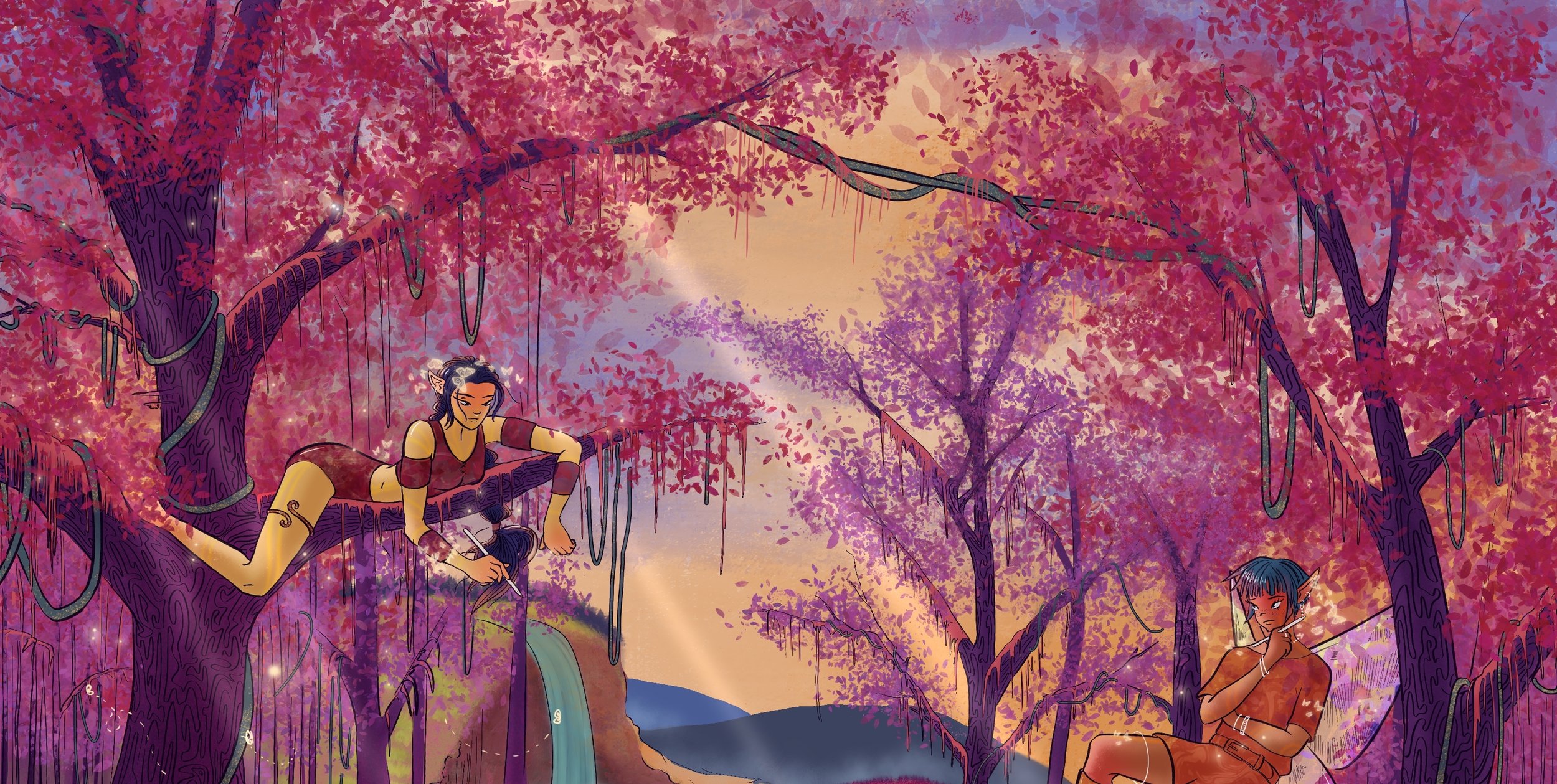





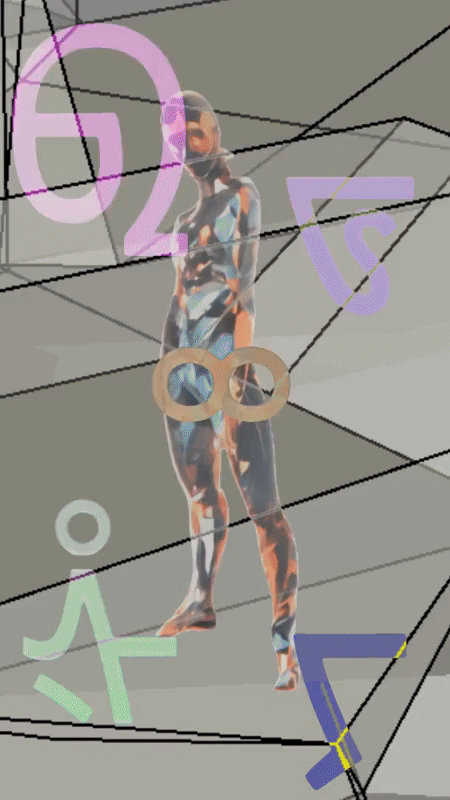






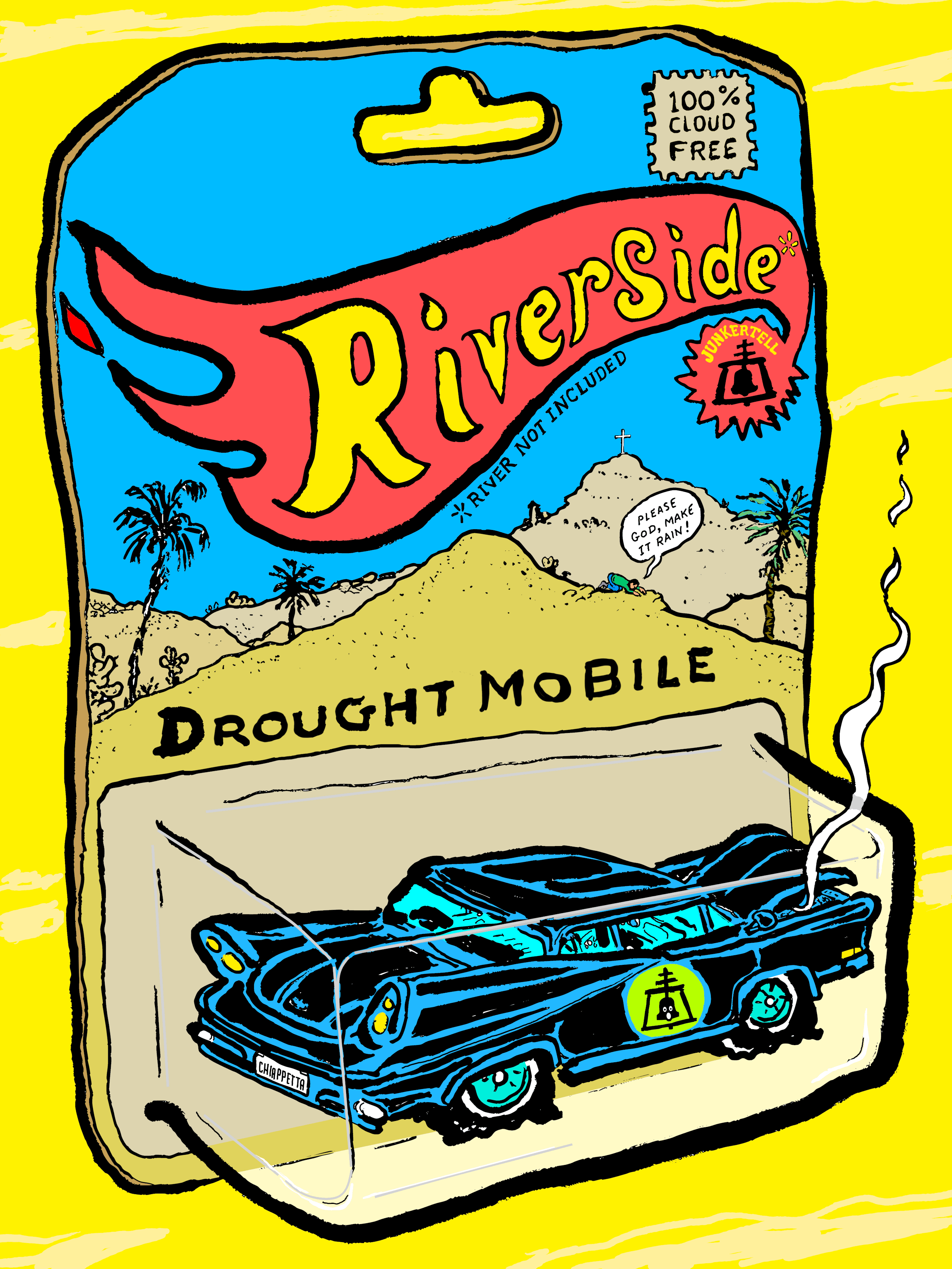





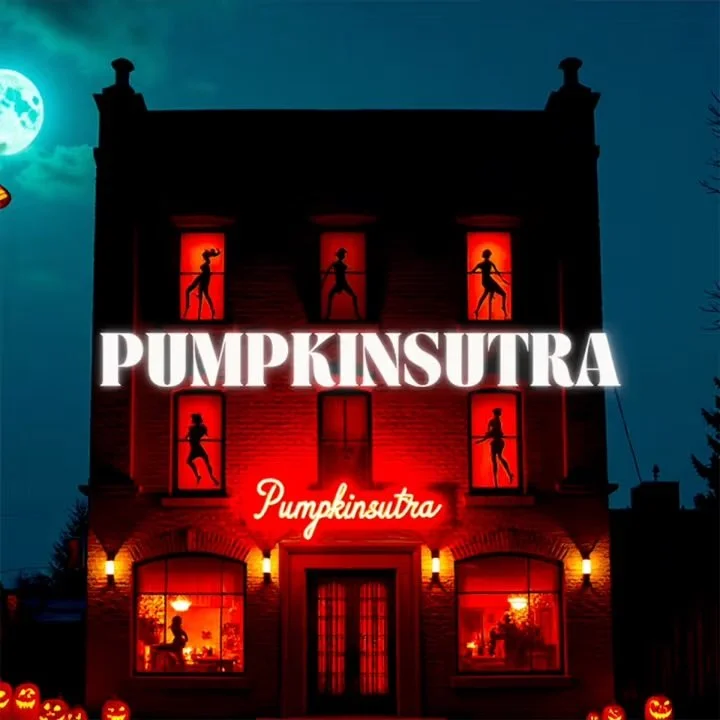












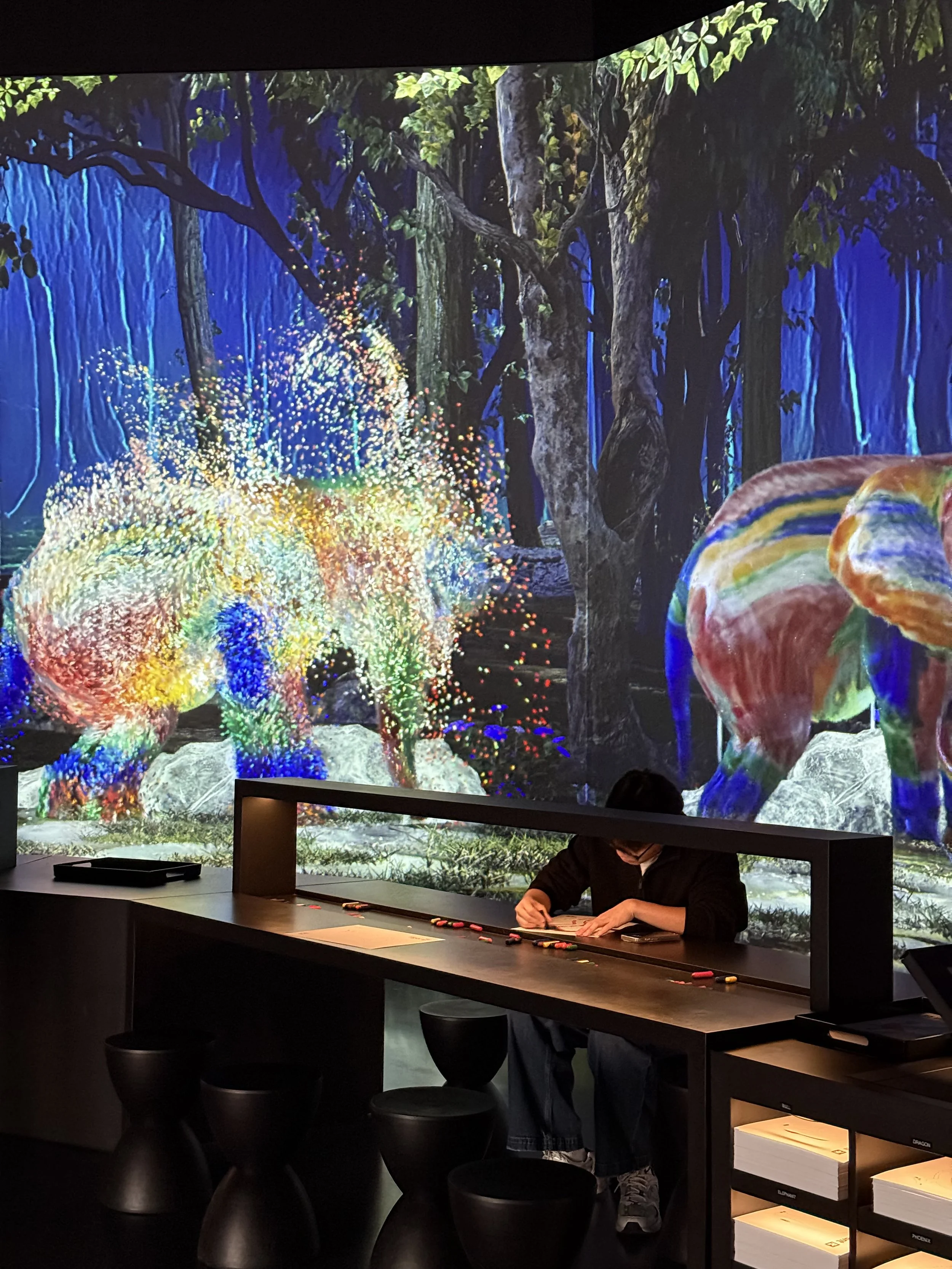

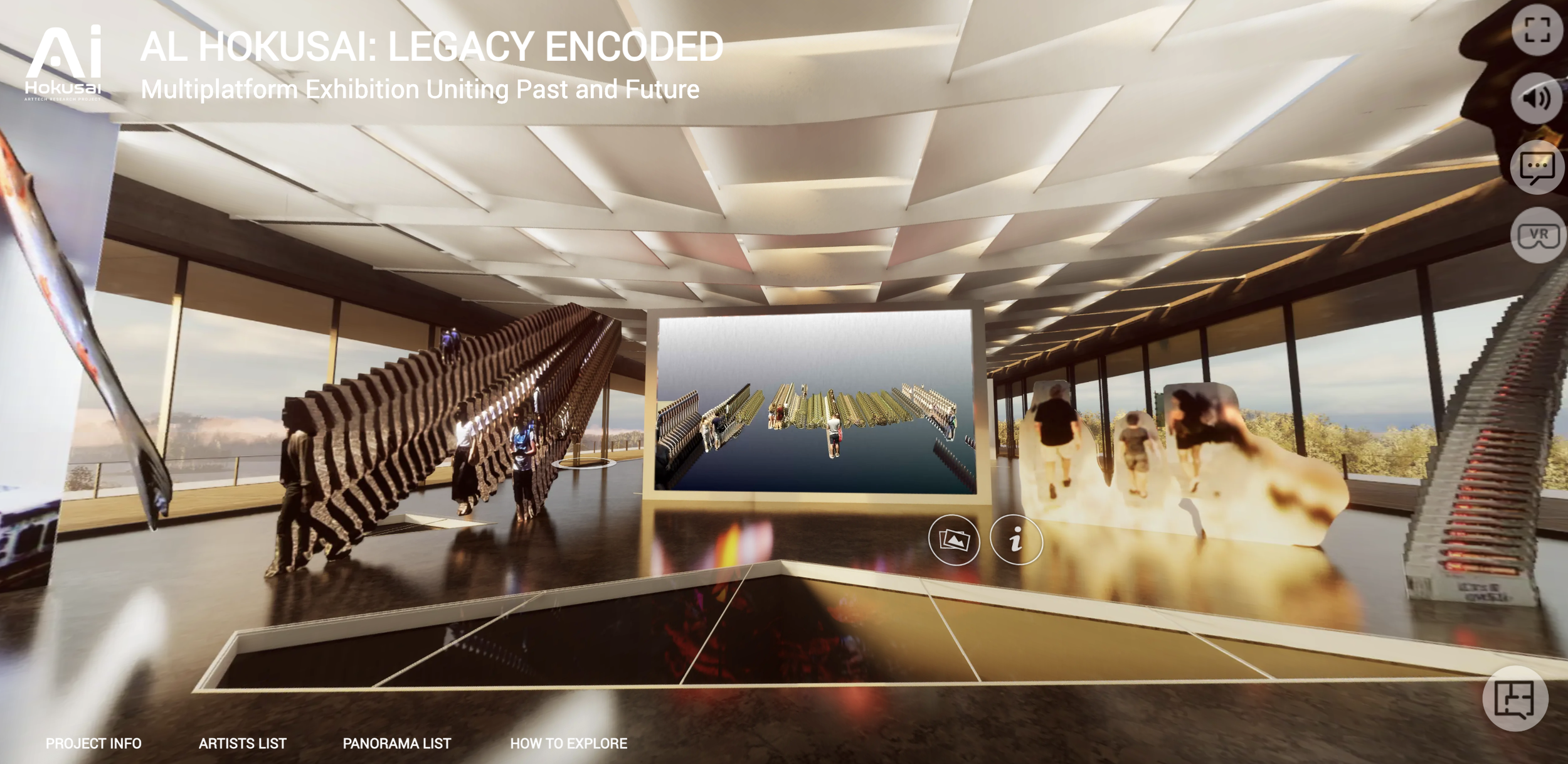

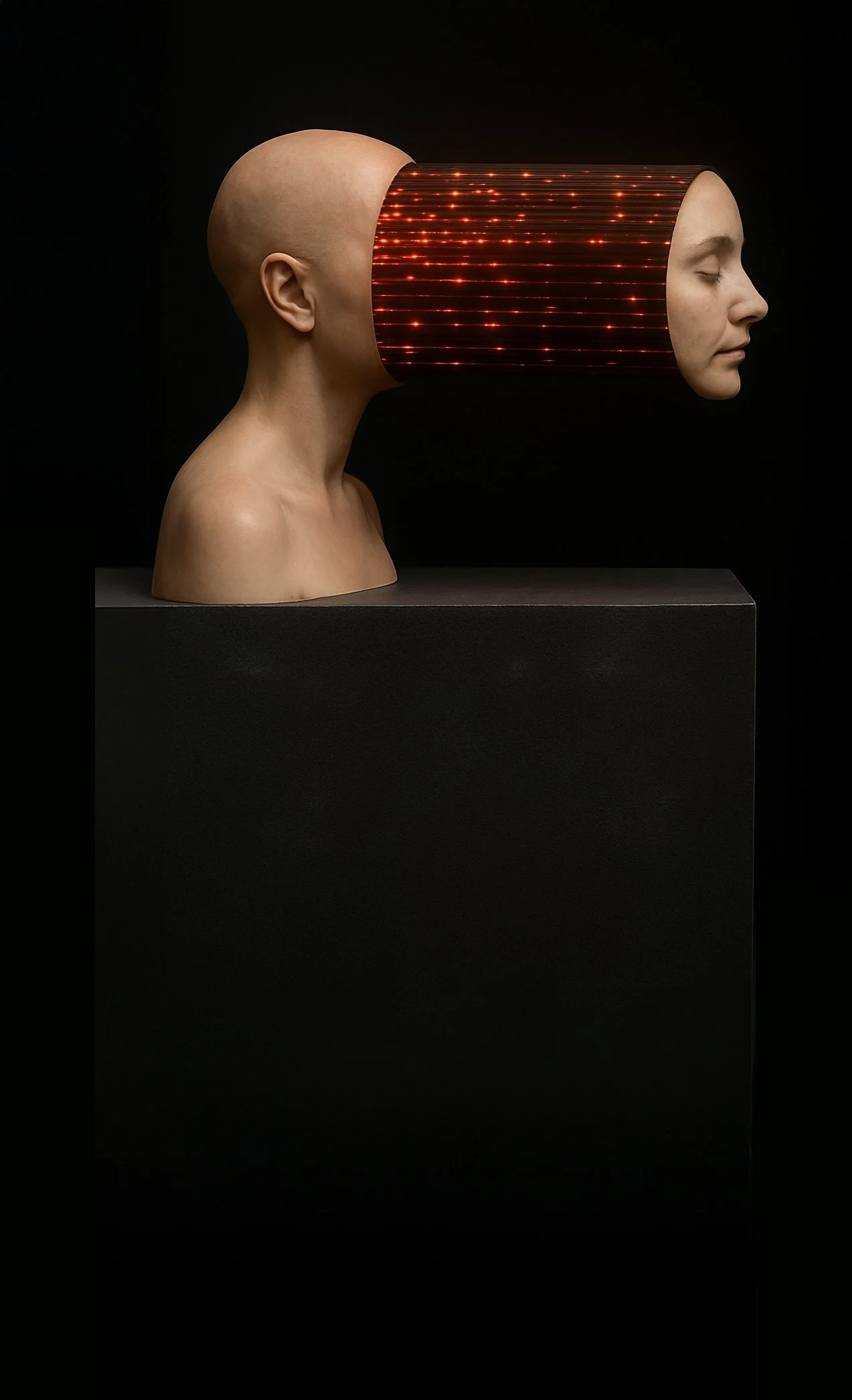



Abolfazl Pashna is a painter whose work explores human-centered, philosophical, and existential themes. After earning a diploma in Visual Arts and a Bachelor’s degree in Painting from Azad University, he began exhibiting professionally in 2016. Since then, his practice has evolved from abstract, intuitive explorations of imaginary worlds into works grounded in personal and social realities. His paintings often challenge viewers through the interplay of materials, textures, and layered visual narratives, balancing experimentation with deliberate conceptual intent.